Puncturing the sky like a challenge to the clouds, the monolithic 50 m basalt pinnacle of the Old Man of Storr towers above us. Legend tells that the Old Man is the protruding thumb of a mighty giant, buried by the earth after falling. Perhaps it was he, who once thundered down the road we found ourselves riding, thumping his feet heavily into the asphalt, leaving mighty impressions ready to catch us unawares.
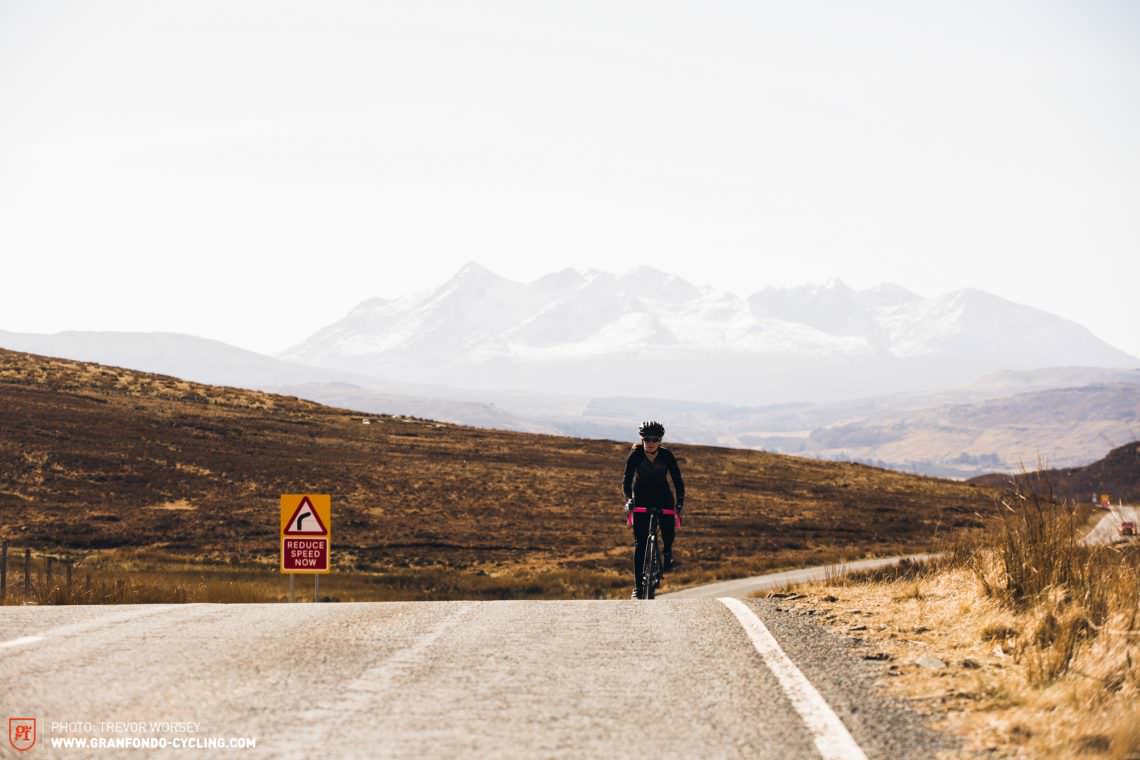
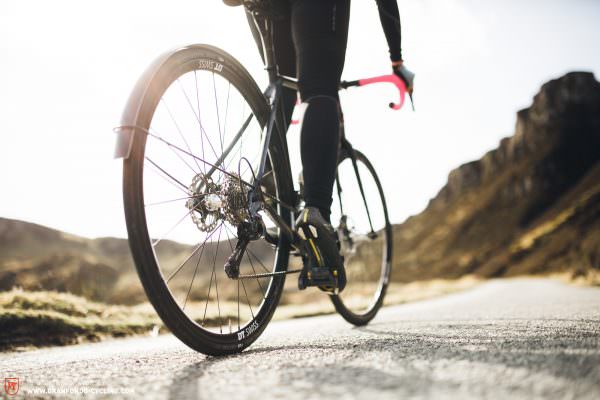
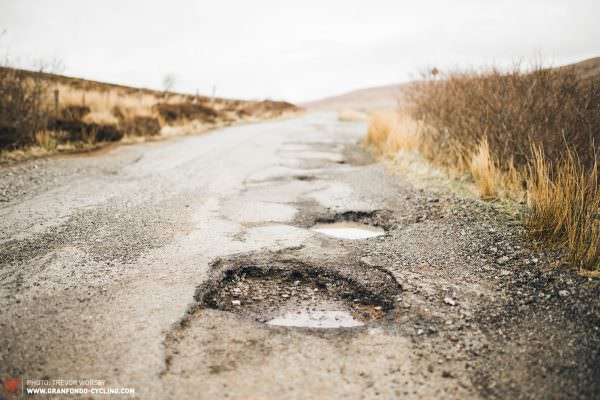
They say that today’s rain is tomorrow’s whisky, but it’s also kryptonite to the road network. Exposing any imperfections, water creeps its way under the road surface, weakening the underlying soil, as cars pass the tarmac begins to sag. Inevitably cracks form, sensing victory more water rushes in, the hole widens and before you know it, bingo! A pothole is born, the nemesis of the unobservant road cyclist. Even though it’s scorching hot as we ride there’s no hiding that Skye receives its fair share of rainfall. We are riding on the largest island of the Inner Hebrides archipelago, a sprawling rugged coastline radiating out from the imposing Black Cuillin spine dominating the skyline, a mountain range fearsome in look and reputation. As we dodge fast down the quiet roads we cut between the hazardous potholes, occasional oversights become bone jarring spikes of adrenaline. Luckily we are riding Focus Paralanes, a clean-sheet design from Focus that ‘focuses’ on endurance and comfort, from the compliant carbon layup and skinny CPX seatpost to the 28c tires. A ‘good kill’ from a pothole still feels like a blow from a hammer, but the Paralane slides a small cushion in the way, think a gentle thump rather than the sting of cold hard steel.
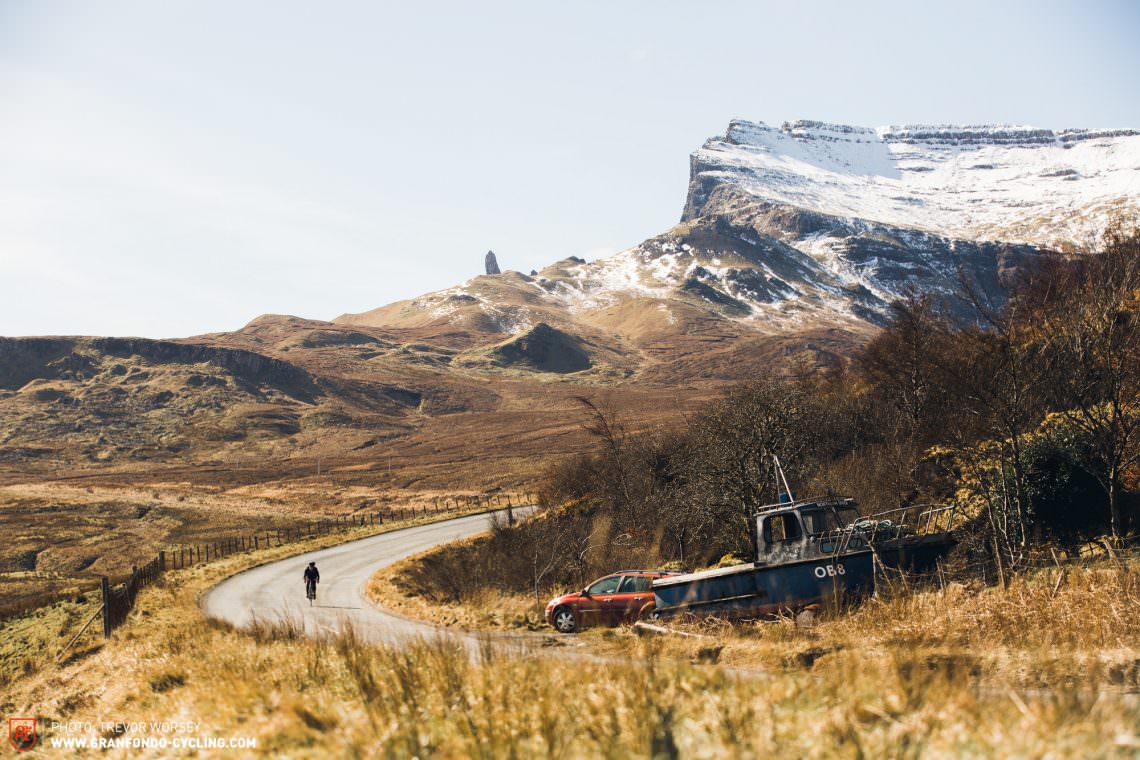

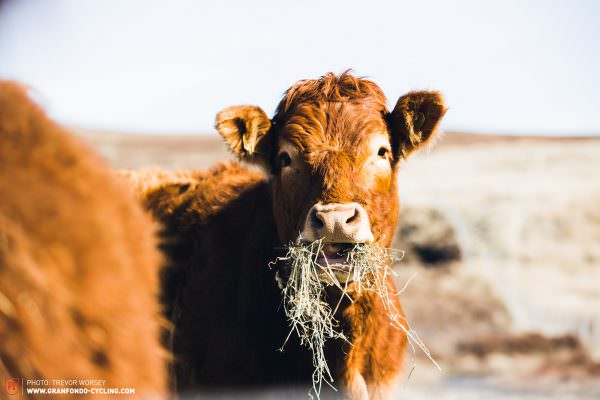
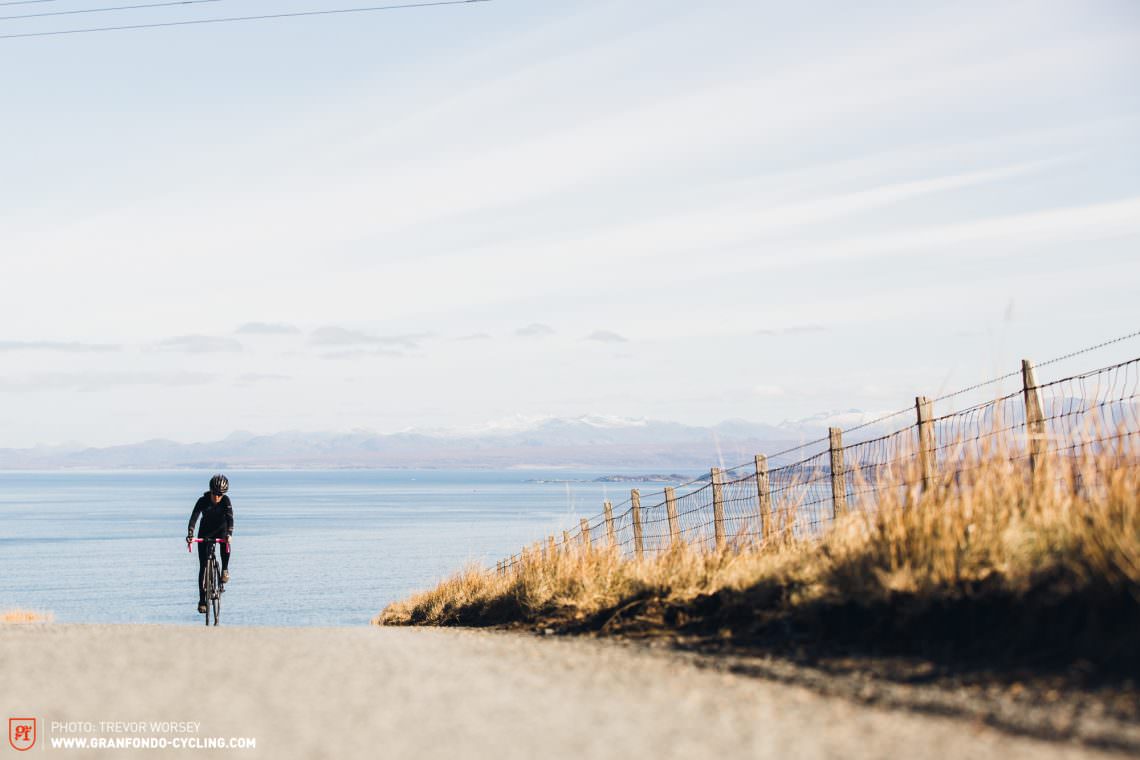
This was the final day of a six day whisky pilgrimage, the end of the road, the culmination of many stories shared over drams. From the light and elegant Glenlivet 18 from Speyside, to the violent heat of the Bruichladdich Octomore of Islay, we had tasted them all. Not in nondescript bars, No! We had walked the warehouses and stood next to the copper stills from where they were born, many, many years ago, volatile aromatics whispering on the air. Our journey had taken us through the very lands that fed water into the mighty mash tubs, we had breathed the air used in the maltings as we battled against the wind and hills. We had nosed glasses of distillers specials, with the smells and sights of the land still fresh on our riding gear. Now we found ourselves on the Isle of Skye, winding our way down the Atlantic coast, towards our final destination, it had been a simple plan.
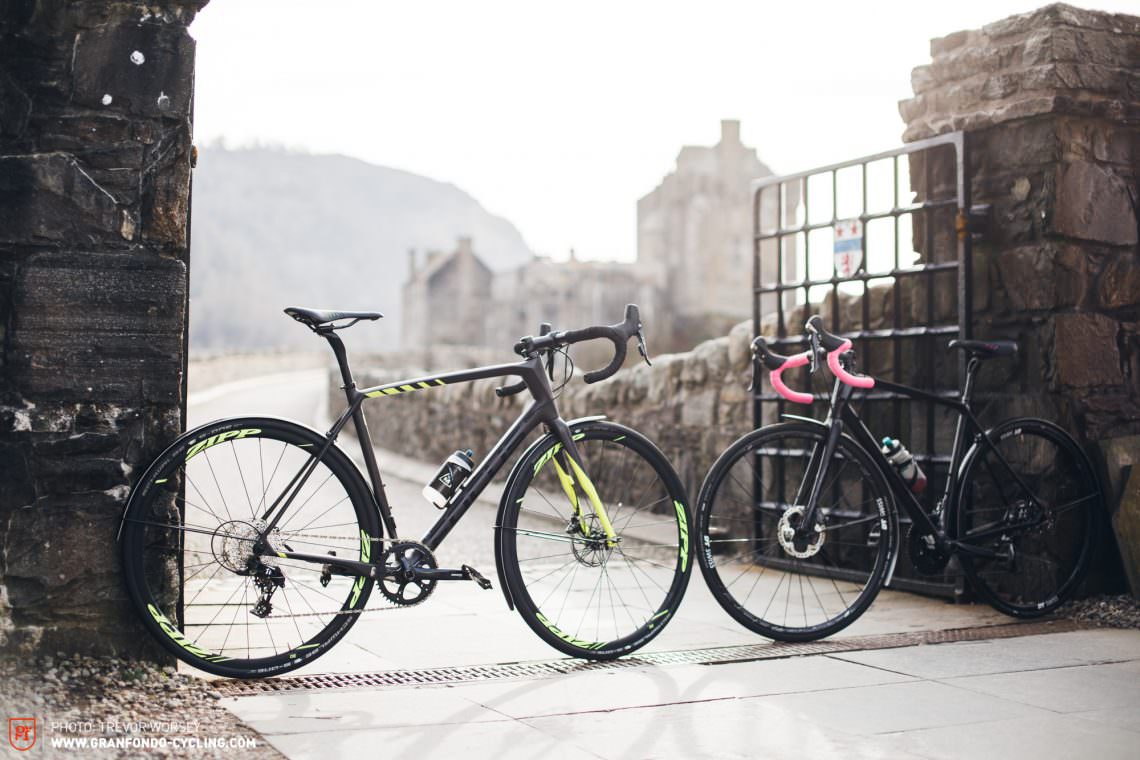
Like our plan, whisky is a simple drink, containing only 3 ingredients, malt, yeast and water, but yet it has a taste spectrum that spans infinitum. The process is elegantly simple, malt is mixed with hot water and mashed to release ‘wort’ a liquid high in starch and maltose. The wort is transferred into huge fermenting vessels where yeast is added, starting a reaction that is so violent that the mighty 50,000 litre vessels rock on their anchor bolts. The ‘wash’ mixture is then piped to the heart of the distillery, into the towering copper stills that vary in design to give each whisky its unique taste. Heat causes volatile aromatics to be released from the mixture, as they distill through the copper an experienced stillman then decides when to ‘cut’ the spirit for perfection before it is laid down to rest for at least three years in oak casks, where it matures, forms and develops its character.
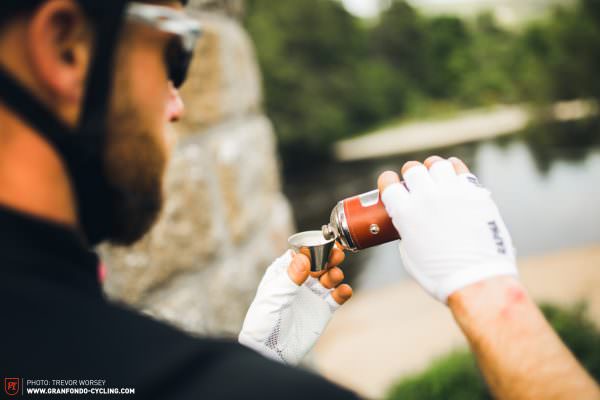
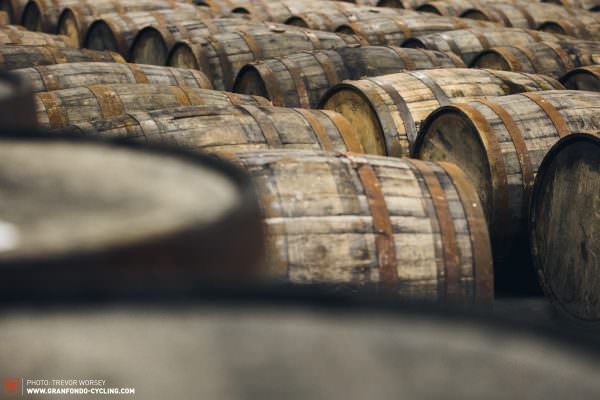

The discovery of whisky was a happy accident, early beer brewers noticed that the clear liquid condensing on cold windows during the brewing process was fiercely alcoholic, a nation already awash with alcohol quickly learned how to get more drunk.
Fresh from the distillation stills, the spirit that makes whisky is clear, the golden hues take time to develop, released from resins in the barrels or from the afterglow of the rum, sherry, port or burbon that was previously matured inside the cask. It is inside the casks where each whisky finds its complexities, an interior that is first caramelised to release the sugars then set alight to char. To be a true whisky, the alcohol has to rest for a minimum of three years, but many are laid down for far longer, maturing, growing more complex and refined. Whisky to Scotland is big business, over 38 bottles of whisky are exported from Scotland every second and it rumoured that the huge warehouses scattered over the land contain over 20 million casks of maturing malt, 4 for every person living there.

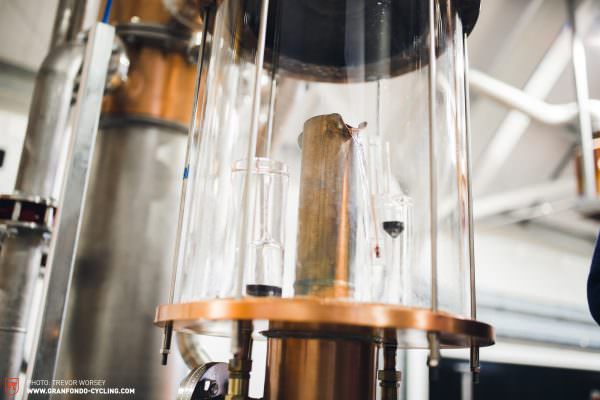
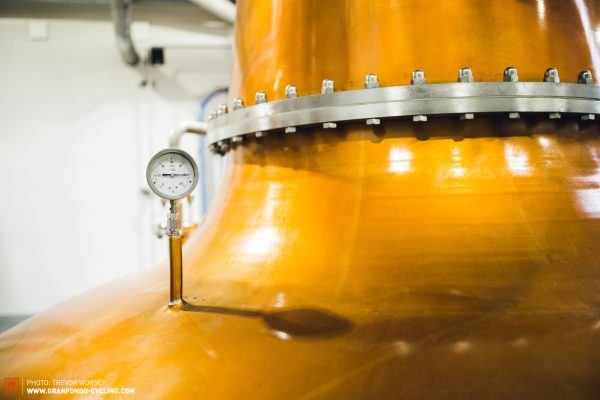
… when you cycle you are immersed not isolated …
As we cut under the head of the Trotternish ridge, passing The Sanctuary, a geological result of a violent landslip and layers of volcanic lava, we reflected on our journey. By travelling by bike from distillery to distillery, we had not only gained a better understanding of the passion of whisky distilling, but also its importance to the people and regions. The highlands and islands of Scotland roll at a slower pace, and moving through it on a bike creates a warmer connection to the locals, you’re not just another tourist, cataloging selfies, viewing life through the black mirror, when you cycle you are immersed not isolated, you fall in with the rhythms and cycles of the people. You get the ‘special’ treatment at the distilleries, you are shown the elusive bottles that are hidden from the tour busses, you work harder and thus are rewarded. As we finally roll into the courtyard, the white walls of Talisker distillery surrounding us, with the exception of a few drams, our journey is complete.


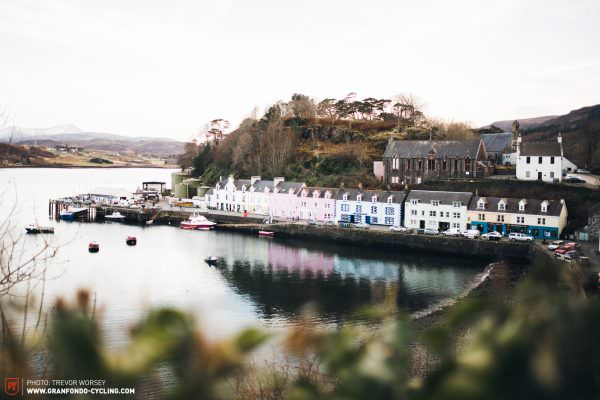
On the building wind I imagined I could hear the Old Man of Storr breath a sigh of understanding at the completion of our quest, his single thumb pressed high into the sky.
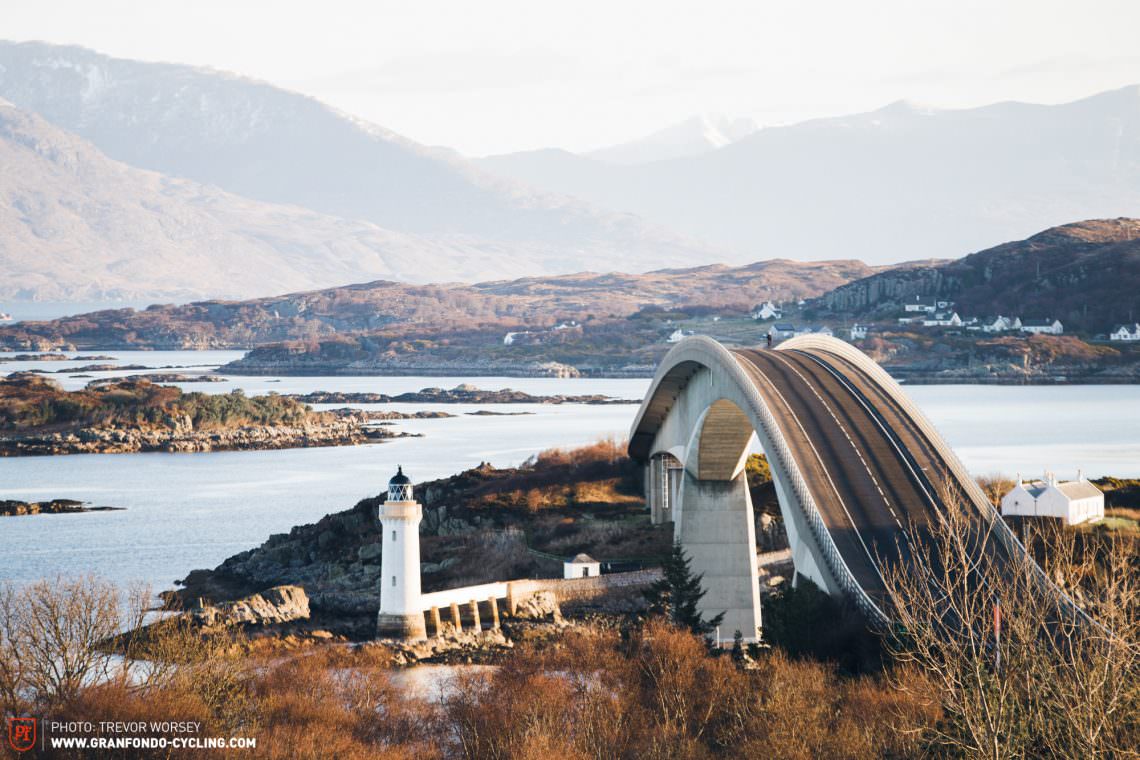
This article is from GRAN FONDO issue #009
GRAN FONDO Cycling Magazine is published in a digital app format in both English and German. Download the app for iOS or Android to read all articles on your tablet or smartphone. 100% free!

Did you enjoy this article? If so, we would be stoked if you decide to support us with a monthly contribution. By becoming a supporter of GRAN FONDO, you will help secure a sustainable future for high-quality cycling journalism. Click here to learn more.
Words & Photos:









